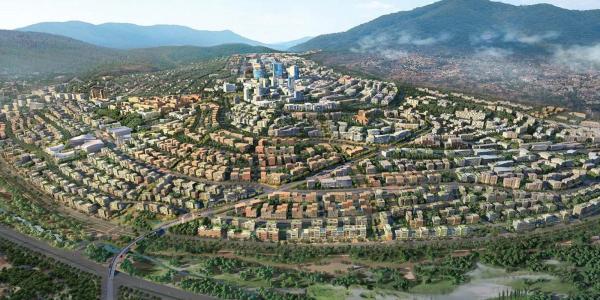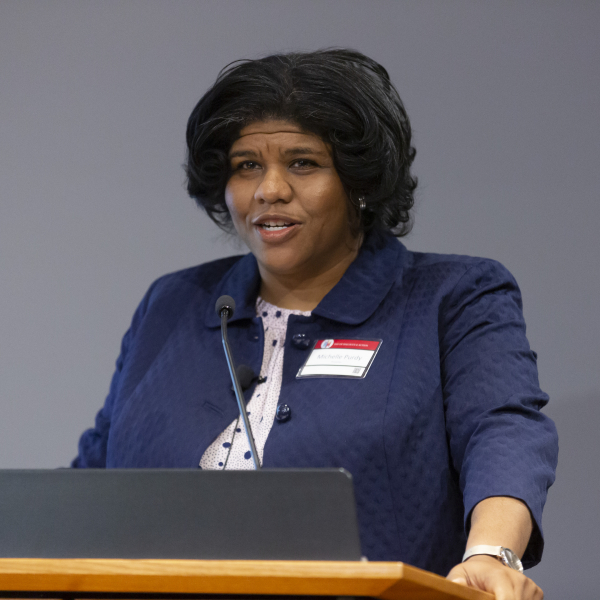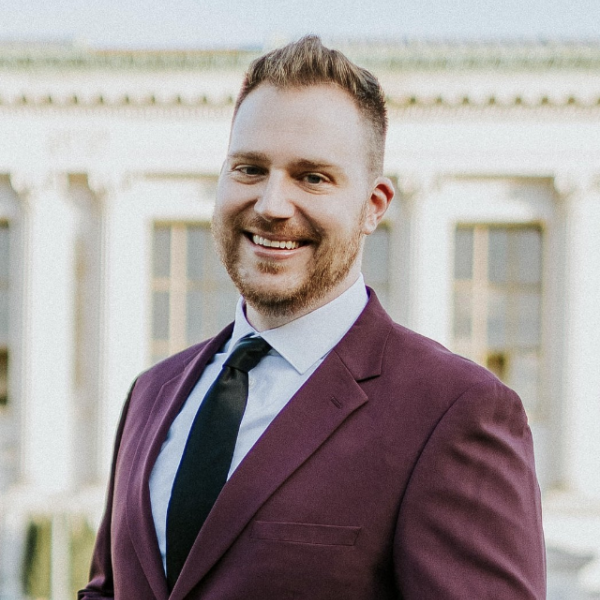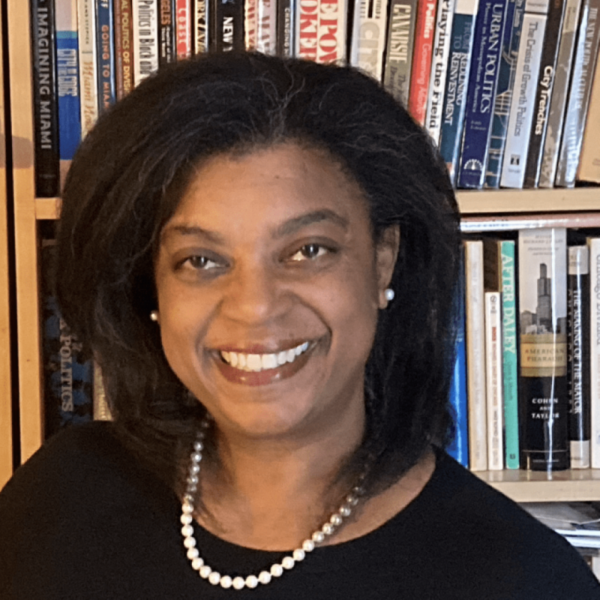Interview with Faculty Fellow Samuel Shearer
“When most non-Rwandans hear ‘Kigali’ or ‘Rwanda,’ they often think one word: ‘genocide,’” says Samuel Shearer, assistant professor in the Department of African and African-American Studies and a Faculty Fellow in the Center for the Humanities. Shearer’s book-in-progress, “The Kigali After: A New City for the End of the World,” examines how this limited view of the city and its 1.2 million citizens has paved the way for outside investors to treat it as a clean slate on which to build an idealized, privatized, sustainable city of the future. “The (mostly non-Rwandan) authors of the Kigali City Master Plan claim to be rebuilding it from the ruins of the past,” Shearer says. “But Kigali residents have already rebuilt their own city.” Below, Shearer offers a closer look at this contradiction and more as he previews his book.
Briefly, what is your book about?
“The Kigali After” is an ethnography of a city that is being destroyed so that it can be rebuilt for the end of the world. It is about popular cultures and street economies where there is no public space; the production and defense of popular urbanism where the government has zero tolerance for “disorder”; and the manufacture of ruined built environments in the service of a project that is called “sustainable urbanism.”
The book follows these contradictions as they unfold during one of the 21st century’s most daring experiments in utopia and green capitalism: the Kigali City Master Plan, a series of international ventures in urban design, finance and marketing aimed at converting Kigali, Rwanda, from a post-conflict “wounded” city into an optimized hub of global finance and tourism with a green urban metabolism. Written by design firms in Singapore and the United States and financed by private capital and public debt, the Kigali City Master Plan is part of the United Nations agenda to reimagine the city as the solution to the dual crises of economic and ecological catastrophe.
The purported goals of The Master Plan are to build a privatized sustainable city from a tabula rasa in central Africa. The actual goal is to attract foreign direct investment. In this way, the plan is better thought of as a marketing brochure than a program to be implemented. Indeed, most of what has been built in the name of the plan are the infrastructures for a visitor class of investors and tourists: convention centers, hotels, a new airport.
The book itself is based on over 10 years of ethnographic research in Kigali, the capital city of Rwanda, the majority of which was done during an uninterrupted period from 2013–15 and then return trips to the city every year since. The research was done primarily in Kinyarwanda and included participant observation through embodied practices in the city — I participated in everything from illicit construction and infrastructure building to a lot of hanging out in the streets.
Who is left out? How have they been affected? How have they responded?
This is the real focus of the book: How do people who have been excluded from the plan’s vision produce urban futures in spaces that are designed against them? While most research on 21st-century Rwanda presents Rwandans as docile, “silent,” or resigned to authority, “The Kigali After” focuses on how Kigali residents who have been excluded from the new city push on the world of design with designed worlds of their own.
Insurgent Rwandan architects, for example, are “going kugikoboyi” (cowboy), rebuilding popular neighborhoods with names like Kosovo, and Banya/bitmahe (where do they piss?) and Dobandi (for “gangsters”), against Kigali’s brand-image as “the cleanest, greenest city in Africa.” Itinerant informal street traders address their criminalization by producing nomadic popular spaces that migrate around the city — staying put by moving around. And Rwandan hipsters recycle the detritus of demolished built environments and castoffs from other economies into popular cultures and economies that frustrate managers’ attempts to “get the city in line.”
What are the stakes of this urban plan for Kigali? What might be the ripple effects?
The Rwandan capital is one of the fastest-growing cities in the world and is often cited by the United Nations, World Bank and international award-granting architecture associations as a “model” metropolis for Africa. In addition, while the Kigali City Master Plan has been compared to other speculative city-building projects that are emerging across the African continent — like Eko Atlantic, Lagos; Akon City, Dakar; and La Cité du Fleuve, Kinshasa — it offers something else. Unlike satellite-city projects, which promise mega-suburban enclaves with living and shopping experiences for the superrich, the Kigali City Master Plan aims to take over, green and privatize an entire city.
In addition, the emergence of privatized city building across the African continent has transformed the relationship between cities in the region. As more and more cities in East Africa are committing to foreign investment as a source of economic growth over a tax base, their managers commit to a specific theory of the city. No longer a place to live, the city becomes a commodity that competes with other cities in a regional marketplace for foreign investors. This competition usually takes the form of government-backed incentives — tax breaks, monopoly access to markets, free land — all incentives that require divesting from public services in order to make the city attractive to foreign developers.
Headline image: Visualization of the Kigali Master Plan 2050, courtesy of SMEC.





